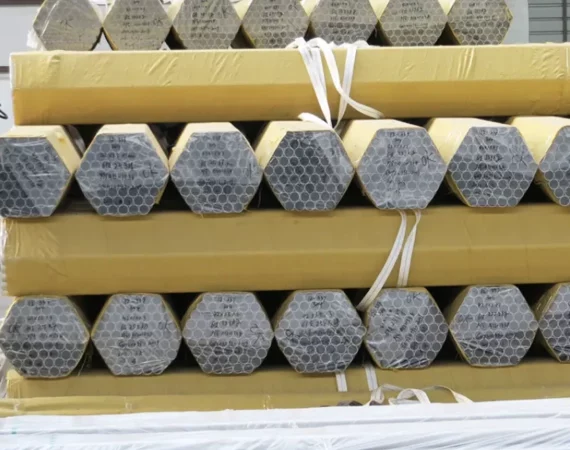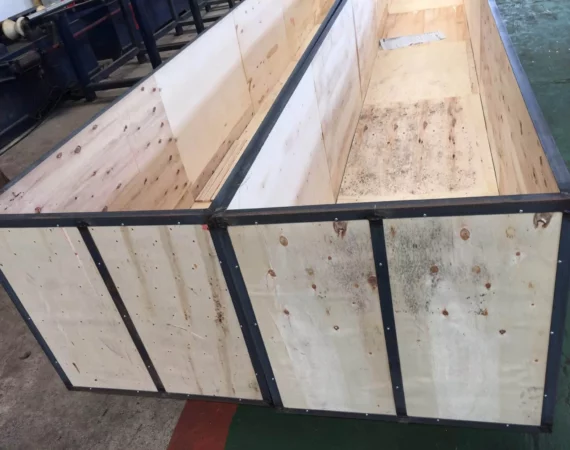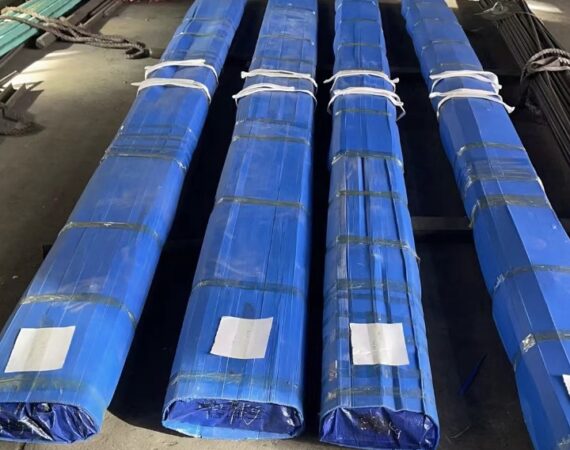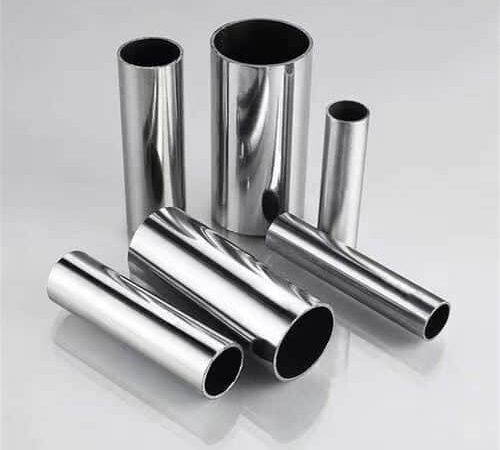321 stainless steel tube is a special stainless steel tube material, usually composed of alloy elements such as chromium, nickel and titanium. Its main feature is excellent high temperature resistance and corrosion resistance, especially better stability in high temperature environments. This kind of tube is often used in industrial fields that are resistant to high temperatures and corrosion, such as chemical, petroleum, pharmaceutical and food processing industries. Due to its strong corrosion resistance, it is also commonly used in corrosive environments such as marine environments and chemical plants. Common application of 321 Stainless Steel Tube including Metal O-ring products, Select aerospace applications, Exhaust manifolds, Oil and gas/refinery applications, Processing equipment for high-temperature chemicals, Many other high-temperature service applications.
Strong Corrosion Resistance: Made of high-quality stainless steel, it has excellent corrosion resistance and is not susceptible to corrosion even after long-term use in various acidic and alkaline environments. It is widely used in chemical, petroleum, pharmaceutical and food processing fields. widely used in.
Good Oxidation Resistance: 321 stainless steel tube has excellent oxidation resistance, can maintain surface finish and brightness for a long time, is not prone to oxidation and rust, and has a smooth surface.
Excellent High-temperature Resistance and Strength: Compared with other grades of stainless steel products, 321 stainless steel tubes have good high-temperature strength, can maintain structural stability in high-temperature environments, are not prone to deformation or damage, and have a long and reliable service life.
Lightweight Design: 321 stainless steel tubes have been optimized in material selection and production processes, significantly reducing the overall weight of the product. Compared to traditional stainless steel tubes, our products are lighter, which can lower users’ handling costs and labor intensity.
Special Surface Treatment: 321 stainless steel tube has undergone a special surface treatment, greatly enhancing its wear resistance and damage resistance. It helps to minimize scratches and damage during use, resulting in a longer service life and improved appearance quality.
Easy Processing: The production process of 321 stainless steel tubes has been optimized to enhance its processing performance. This reduces processing difficulties, meeting users’ needs for processing accuracy and efficiency, and providing a more convenient and efficient experience for users.
Support and Services: At Jianglin Stainless Steel, products undergo rigorous quality checks throughout the entire process before shipment. We also offer reliable after-sales service, ensuring guaranteed delivery times to maintain the long-term stability of your project. Please don’t hesitate to contact our team for product information.
321 stainless steel tube is a special stainless steel tube material, usually composed of alloy elements such as chromium, nickel and titanium. Its main feature is excellent high temperature resistance and corrosion resistance, especially better stability in high temperature environments. This kind of tube is often used in industrial fields that are resistant to high temperatures and corrosion, such as chemical, petroleum, pharmaceutical and food processing industries. Due to its strong corrosion resistance, it is also commonly used in corrosive environments such as marine environments and chemical plants. Common application of 321 Stainless Steel Tube including Metal O-ring products, Select aerospace applications, Exhaust manifolds, Oil and gas/refinery applications, Processing equipment for high-temperature chemicals, Many other high-temperature service applications.
Strong Corrosion Resistance
Made of high-quality stainless steel, it has excellent corrosion resistance and is not susceptible to corrosion even after long-term use in various acidic and alkaline environments. It is widely used in chemical, petroleum, pharmaceutical and food processing fields. widely used in.
Good Oxidation Resistance
321 stainless steel tube has excellent oxidation resistance, can maintain surface finish and brightness for a long time, is not prone to oxidation and rust, and has a smooth surface.
Excellent High-temperature Resistance and Strength
Compared with other grades of stainless steel products, 321 stainless steel tubes have good high-temperature strength, can maintain structural stability in high-temperature environments, are not prone to deformation or damage, and have a long and reliable service life.
Property Of 321 Stainless Steel Tube
| Countries | Standard Number | Grade | Chemical Composition% | |||||
| C | Si | Mn | P | S | Cr | |||
| ≤ | ||||||||
| China | GB/T 13296 | 1Cr18Ni9Ti | 0.12 | 1 | 2 | 0.035 | 0.03 | 17-19 |
| ISO | ISO/PDTS 15510 | X6CrNiTi18-10 | 0.08 | 1 | 2 | 0.045 | 0.03 | 17-19 |
| USA | ASTNA213 | (S32100)321 | 0.08 | 1 | 2 | 0.045 | 0.03 | 17-19 |
| Japan | JIS G4303-1998 | SUS 321 | 0.08 | 1 | 2 | 0.045 | 0.03 | 17-19 |
| German | DIN 17440-1996 | X6CrNiTi18-10 | 0.08 | 1 | 2 | 0.045 | 0.0151) | 17-19 |
| DIN EN10088-1 | ||||||||
| France | NF EN10088-1 | |||||||
| UK | BSEN10088-1 | |||||||
| RS970-1:1996 | 321 S31 | 0.08 | 1 | 2 | 0.045 | 0.03 | 17-19 | |
| Countries | Standard Number | Grade | Chemical Composition% | |||||
| C | Si | Mn | P | S | Cr | |||
| ≤ | ||||||||
| China | GB/T 13296 |
1Cr 18Ni 9Ti |
0.12 | 1 | 2 | 0.035 | 0.03 | 17-19 |
| ISO | ISO/PDTS 15510 |
X6Cr NiTi18-10 |
0.08 | 1 | 2 | 0.045 | 0.03 | 17-19 |
| USA | ASTNA213 |
S32100 321 |
0.08 | 1 | 2 | 0.045 | 0.03 | 17-19 |
| Japan | JIS G4303-1998 | SUS 321 | 0.08 | 1 | 2 | 0.045 | 0.03 | 17-19 |
| German | DIN 17440-1996 |
X6 CrNiTi1 8-10 |
0.08 | 1 | 2 | 0.045 | 0.0151 | 17-19 |
| DIN EN10088-1 | ||||||||
| France | NF EN10088-1 | |||||||
| UK | BSEN10088-1 | |||||||
| RS970-1:1996 | 321 S31 | 0.08 | 1 | 2 | 0.045 | 0.03 | 17-19 | |
| Mechanical Properties Specified | ||||
| Grade | Tensile Strength MPa (min) | Yield Strength (0.2% offset) MPa (min) | Elongation % in 50mm (min) | Hardness (max) |
| 321 | 520 | 205 | 40 | 90 HRB |
Application Of 321 Stainless Steel Tube
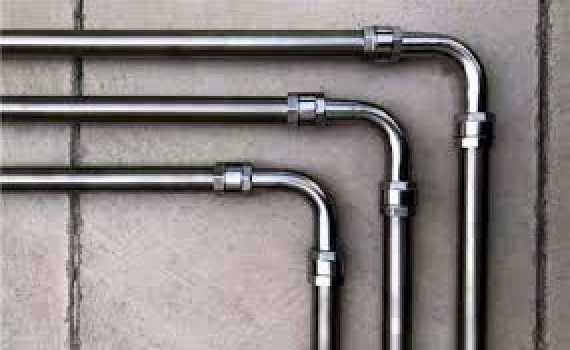
Pipeline Transportation
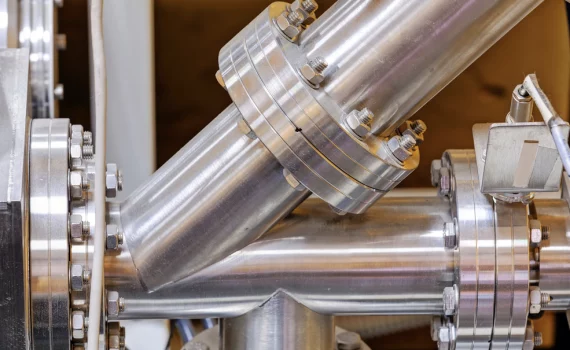
Mechanical Engineering
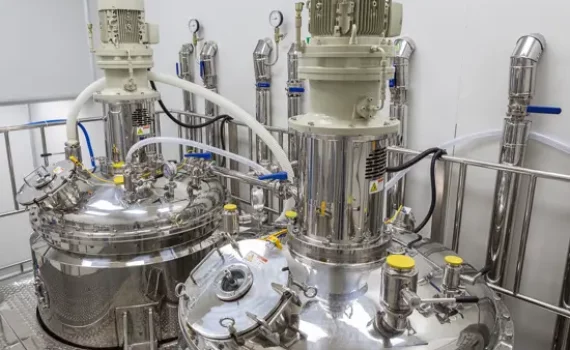
Chemical Industry

Architecture and Decoration
Package Of 321 Stainless Steel Tube
